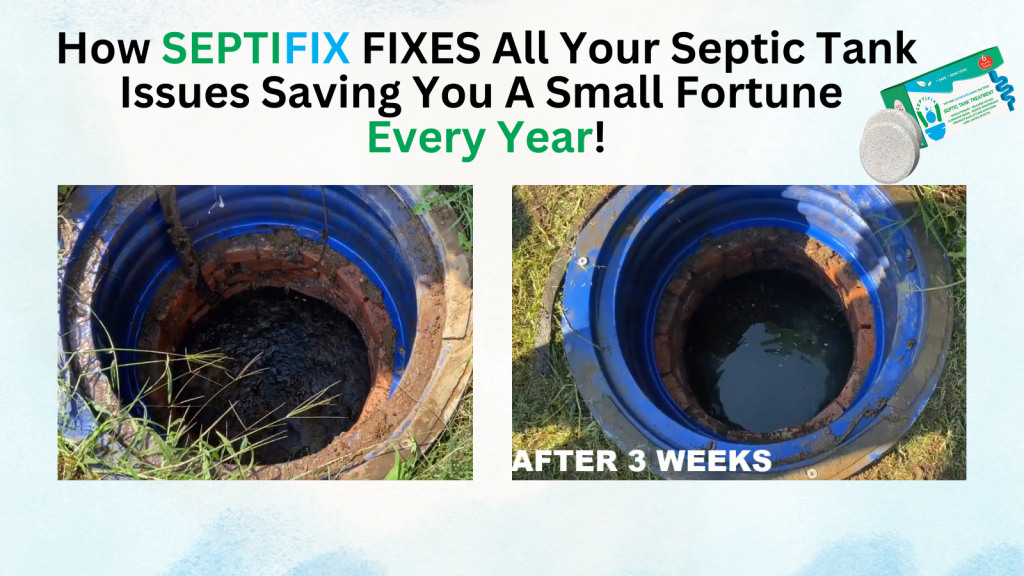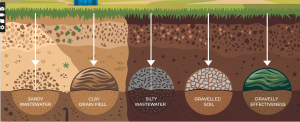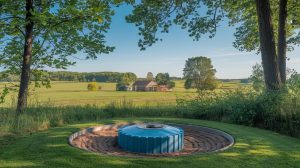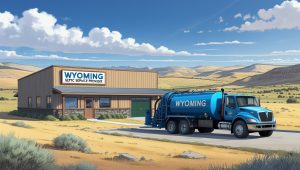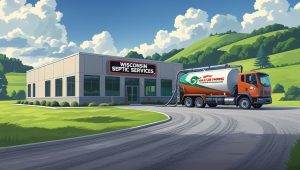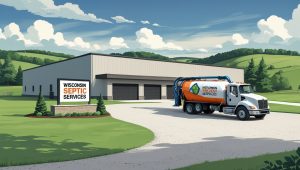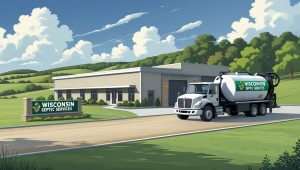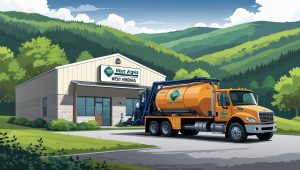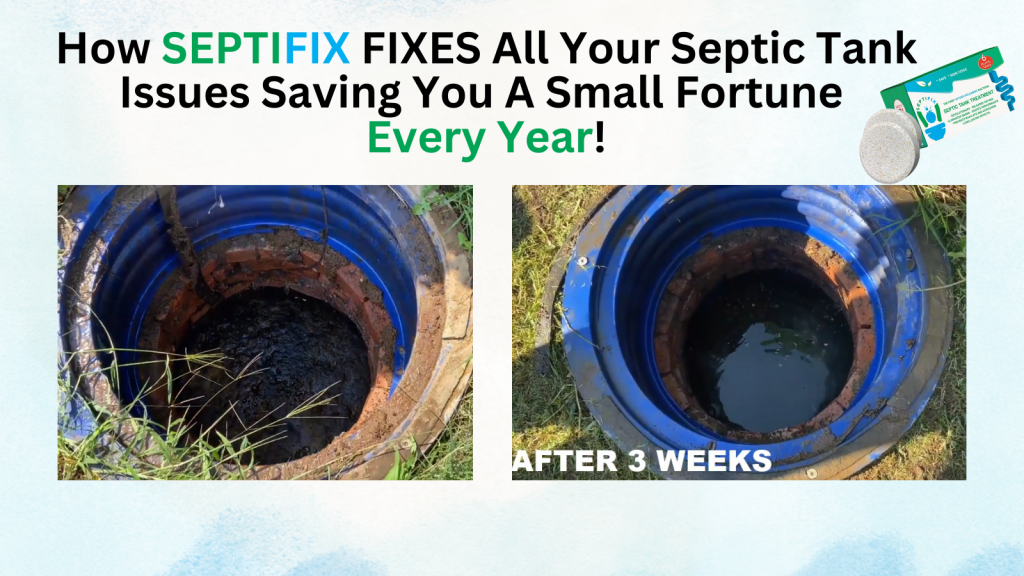The environmental impact and septic rules go hand in hand when it comes to maintaining clean water, healthy soil, and a safe home. A malfunctioning or poorly maintained septic system can lead to contaminated groundwater, harmful algae blooms, and costly damage to property and ecosystems. Understanding how septic regulations work helps homeowners stay compliant while protecting their health and local environment.
In this guide, we’ll break down how septic systems interact with the environment, the rules that govern their installation and maintenance, and what you can do to ensure your system is eco-friendly and legal.
Table of Contents
- How Septic Systems Affect the Environment
- Overview of Septic System Regulations
- Key Rules Homeowners Should Know
- Tips for Eco-Friendly Septic System Management
- Contact Info and Resources
- Conclusion: Protecting Nature Starts at Home
- Septifix Power for Your Septic System
- Septic Permit Links by State
How Septic Systems Affect the Environment
Water Quality and Contamination Risks
When functioning properly, septic tanks treat wastewater by filtering it through soil layers, where bacteria break down contaminants. However, when systems fail, untreated waste can leak into groundwater, lakes, or streams. This can cause:
- Nitrate pollution in drinking water
- Phosphorus runoff, contributing to algae blooms
- Spread of pathogens that can cause illness
In many rural areas, onsite wastewater treatment systems are the only method of sewage management. Because of this, they have a direct impact on the local environment.
Soil and Ecosystem Damage
Improperly managed septic systems can also oversaturate soil, weakening its ability to filter pollutants. This affects plant life, reduces biodiversity, and can damage nearby trees, gardens, or even building foundations.
Overview of Septic System Regulations
Federal and State-Level Oversight
In the U.S., septic systems are primarily regulated at the state and county level, but the Environmental Protection Agency (EPA) provides overarching guidance through the Clean Water Act. States must comply with minimum environmental standards, but can adopt stricter rules.
Common regulatory components include:
- Setback distances from wells, water bodies, and property lines
- Permitting requirements for installation, repair, and replacement
- Mandatory inspections during property sales or system upgrades
- Soil percolation tests before system design approval
You can typically find detailed guidelines from your state’s Department of Environmental Protection or local health department.
Local Codes and Special Conditions
Some municipalities enforce even more specific rules, especially in coastal zones, floodplains, and environmentally sensitive areas. For example, Florida has rules requiring nutrient-reducing systems in areas near springs and watersheds.
Homeowners in areas like the Midwest farm belt, Pacific Northwest, or Florida panhandle may encounter unique septic ordinances due to regional geology or ecosystem concerns.
Key Rules Homeowners Should Know
1. Permitting and Approvals
Before installing or replacing a septic system, homeowners must obtain a permit. This often involves submitting:
- Site plans
- Soil analysis results
- System design specs
Hiring a licensed septic designer or installer is usually required.
2. Inspection and Pumping Intervals
Most states recommend or require inspection every 3 to 5 years. Systems must also be pumped regularly to prevent overflows. Some jurisdictions may issue fines for failure to maintain records.
3. Proximity Setbacks
To avoid groundwater contamination, systems must be a minimum distance from wells, water bodies, and building foundations. These setbacks vary by location but are usually:
- 50–100 feet from water wells
- 75–100 feet from surface water
- 10 feet from property lines or structures
4. Upgrades for Failing Systems
If your septic system fails, you may be required to upgrade to a modern system like a mound system, aerobic treatment unit, or advanced nutrient-reducing technology.
Note: If you live near a lake or in an area with a high water table, additional upgrades may be mandatory.
Tips for Eco-Friendly Septic System Management
Avoid Harsh Chemicals
Many household cleaners safe for septic systems use natural ingredients to avoid killing beneficial bacteria. Look for biodegradable products labeled “septic safe.”
Be Mindful of Water Usage
Using too much water can overload your drainfield. Spread out laundry loads, fix leaks, and install low-flow fixtures to reduce water stress on your system.
Use Additives Cautiously
While some natural septic tank treatments can help boost bacterial activity, avoid overusing enzyme products or those with questionable ingredients. Always consult a professional first.
Keep Up with Inspections
Regular checkups by a certified septic inspector can catch issues early, helping you avoid fines, health hazards, or environmental damage.
Contact Info and Resources
For region-specific information on septic rules and environmental impacts, check out these trusted sources:
- EPA SepticSmart Program
- National Onsite Wastewater Recycling Association (NOWRA)
- Your local or state Department of Environmental Quality (DEQ)
- Contact a licensed septic installer or inspector in your area through our Septic Directory
If you’re unsure whether your septic system meets current environmental standards, consult a certified professional to evaluate your setup and guide you through any necessary upgrades.
Conclusion: Protecting Nature Starts at Home
Understanding the environmental impact and septic rules helps homeowners make smarter, safer decisions for their property and community. From water quality to ecosystem health, a properly managed septic system is a crucial part of sustainable living.
By following local regulations, performing regular maintenance, and choosing eco-conscious habits, you’re not just protecting your investment—you’re doing your part for the planet.
Need help with your septic system? Check out our expert guides and directories for trusted local pros and DIY resources to keep your system running clean and green.
Septifix Power for Your Septic System
